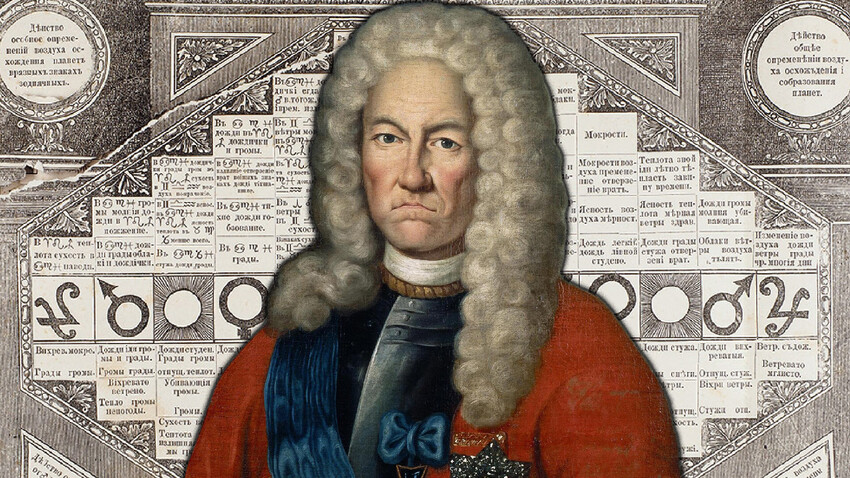
In the early 18th century, a “mystical” calendar appeared in Russia. It contained astrological forecasts for the different signs of the zodiac, predicted the fate of states and determined the major planet of the year.
This edition was apparently put together following the example of European calendars of similar content, a lot of which were published in Europe in the 17-18th centuries and were very popular at the time.
They showed not only the date: they contained meteorological, astronomical and astrological forecasts, medical advice, important religious holidays and dates of fairs. Russia had only publication of this kind, the so-called ‘Bruce’ calendar, but it spawned a host of rumors, prejudices and legends.
This calendar is named after the man who dared to print it.
Jacob Bruce was one of the main associates of Peter I. The tsar valued him above all for his intelligence. He was well versed in mathematics, astronomy and military construction. He also studied the English educational system and laws during the Grand Embassy, Peter I’s diplomatic trip abroad.
Jacob’s intelligence gave rise to a variety of legends among ordinary people. It was said that he could resist bullets or that he invented a perpetual clock, made a living person out of flowers, unmistakably predicted the weather and could even make an old man young again. The mythological mindset and lack of education among most of the population prevented them from understanding what exactly Jacob was engaged in. In the novel ‘The Moor of Peter the Great’, Russian writer Alexander Pushkin mentions that the scholar universally had the reputation of “the Russian Faust”. Yet, Jacob’s scholarly work was not the only reason for certain myths to circulate around his image; a separate role was played by the ‘Bruce’ calendar, named in the scholar’s honor.
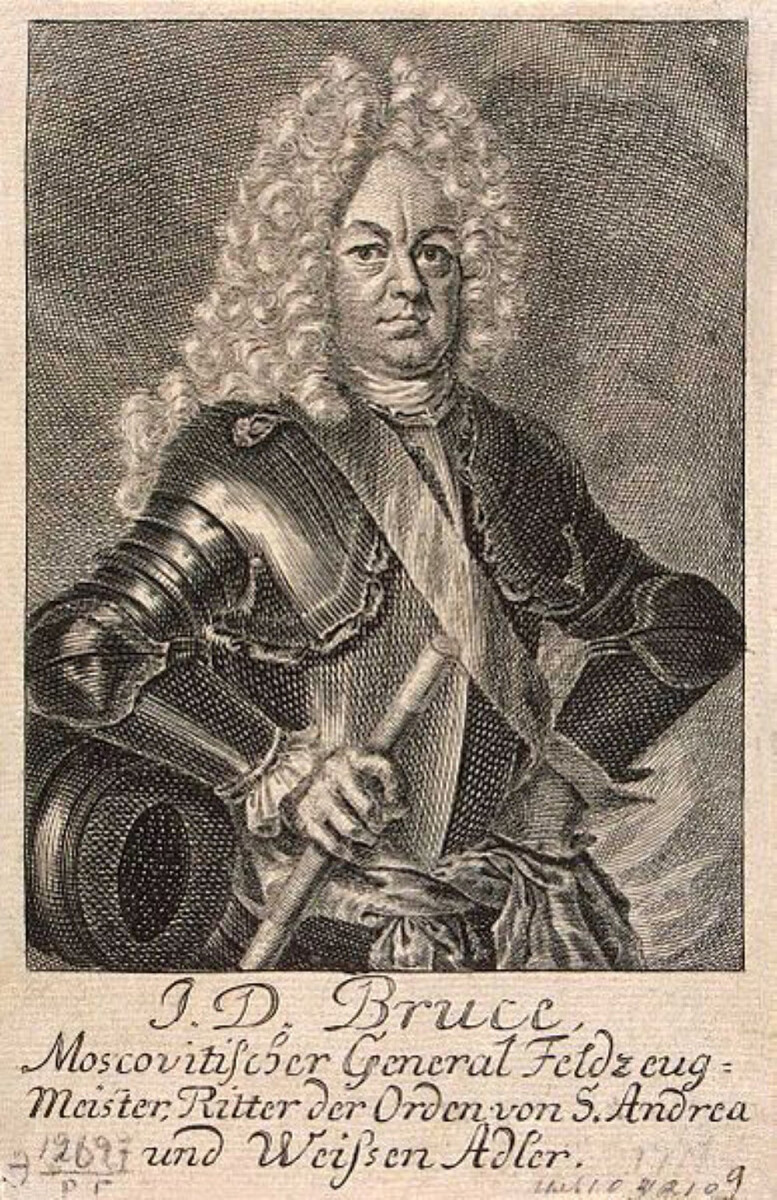
Jacob Bruce.
Public domainCalendars of this kind had been known in Europe since the 12th century and looked like either a pocket book or a parchment folded up several times. In addition to the calendar itself, such editions could contain dietary and health advice, weather forecasts, agricultural recommendations, astrological forecasts, the Ten Commandments, as well as information on the Seven Deadly Sins. Calendars looked more like thick universal reference books, although some of them were so small that they could be clipped to a belt - the kind of calendars commonly used by doctors. Calendars grew so popular that, in England, by the 17th century, they were second only to the Bible in circulation and, by the mid-century, as many as around 400,000 calendars were printed annually. The ‘Bruce’ calendar did not appear until the beginning of the eighteenth century and became the only Russian analogue of reference calendars.
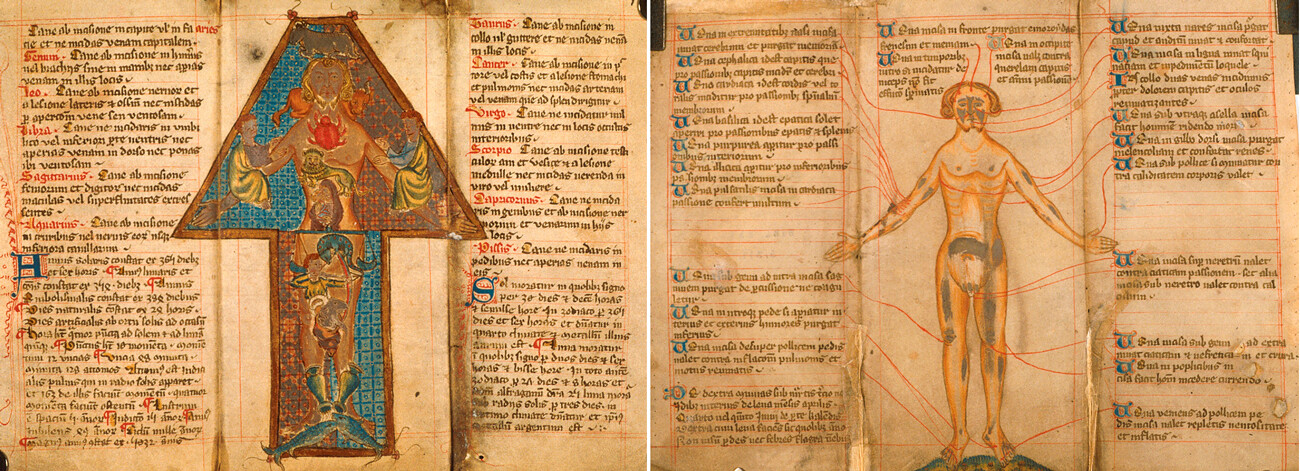
Vein Man, Harley 5311 f.
Public domainIn 1706, the Moscow Civil Printing House was opened; it was subordinate to the Artillery Order headed by Jacob Bruce. He did not run the printing house, but censored works, determined their circulation and edited them. There were several calendars among the publications issued by the printing house: one contained information about the time of sunrise and sunset in Moscow, another focused on Orthodox holidays, the third and the fourth ones contained astrological information. Jacob had nothing to do with the creation of calendars and was specifically listed on the front pages as the publisher, but the calendar based on the first four calendar editions was named ‘Bruce’ for the sake of commercial success. The scholar was very popular and his name in the title boosted sales. The calendar was reprinted several times: they were copies of the original edition with some minor additions.
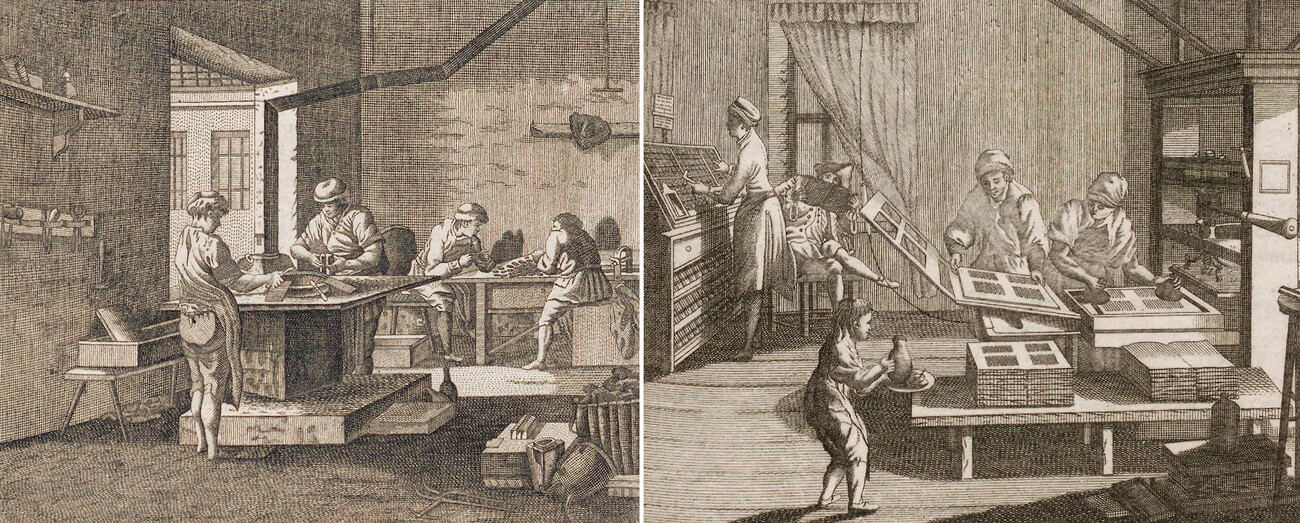
Typography, engravings, 1784.
Public domainIn the popular mind, Jacob Bruce finally became a “warlock” after the republication of the calendar, which covered the years from 1800 to 2000. It contained predictions for each year: what a person would be fortunate in, what would happen at the state level, the character of a person depending on their zodiac sign. For example, Tauruses were depicted as “…self-glorious, majestic, bold, cunning, gifted in sciences; women are angry, prone to arguments, easily fall in love and tend to be lustful, outlive their first husbands. If the life of a Taurus does not end at the age of 20, it may continue until 77.”
The predictions were made for several years straight, with one cycle made up of 28 years: for example, if a prediction was made for 1802, then it would also apply to 1830, 1858 and so on. For instance, here is the prediction made by the ‘Bruce’ calendar for all the years that fit this estimate: “A great change in a certain famous State; a new governing mode in a certain republic; a glorious battle; a great sovereign will reign.”
Also for each year the “ruling planet” was determined, which supposedly impacted the weather, crops, epidemics and natural disasters. For example, the years overseen by Saturn were considered unfortunate: “Stargazers believe that when this planet reigns, the year is rather harmful to people, as famine, pestilence, cold weather and many infectious diseases occur. People born in that year can be gloomy, tight-fisted, unsociable, vindictive, but industrious.” The reign of Jupiter, on the contrary, was considered fortunate: “The planet Jupiter is hot and courageous by nature and is seen as a planet of happiness, science, abundance and wealth. People born in these years are likely to be happy, faithful, merciful and virtuous, just, gentle and pious…”
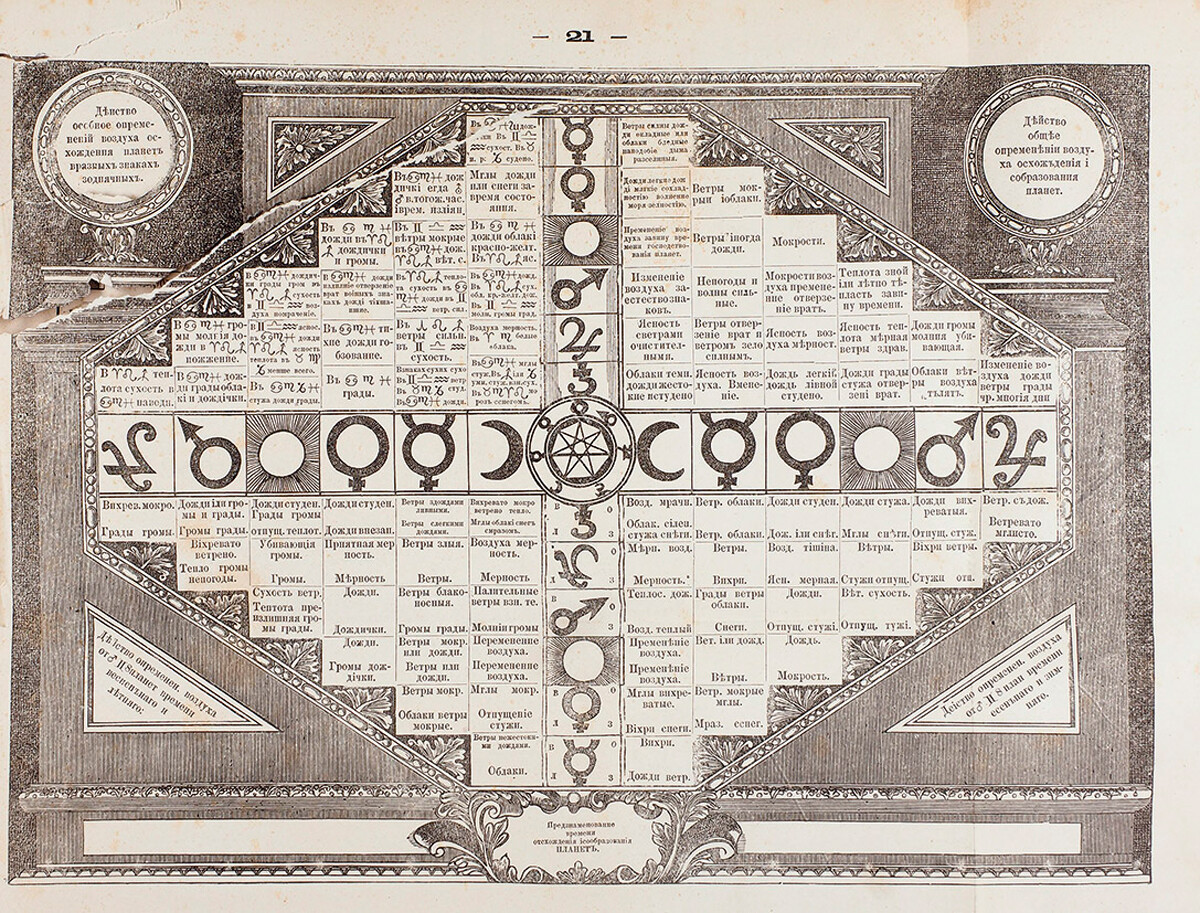
Most of the farmers were peasants and, for them, the predictions about the harvest and the weather were of particular interest. However, in the peasant community, the calendar was spread later, when publisher Ivan Sytin began to use the information contained in the ‘Bruce’ calendar in annual ones starting from 1896. This calendar was no longer so mystical and, in the absence of instant communication and access to information via smartphones and the Internet, could indeed be very useful in everyday life.
Peasants called the calendar ‘Bruces’ and used it to know when to do farm work. The calendar also had a section with brief information on the world and national history, the key laws of the Russian Empire, information on Orthodox holidays; while travelers could find out the distance between different railroad stations in it. In the ‘Bruces’, one could even find a list of all short-term credit institutions and ways of administering first aid: the calendar featured overall 15 sections and 504 pages.
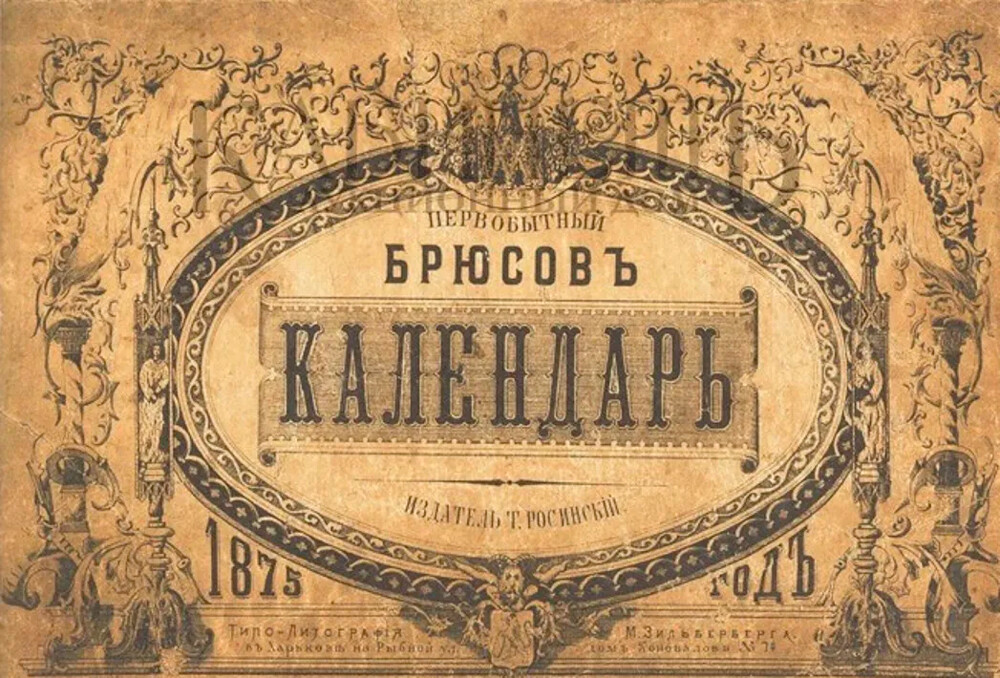
Dear readers,
Our website and social media accounts are under threat of being restricted or banned, due to the current circumstances. So, to keep up with our latest content, simply do the following:
If using any of Russia Beyond's content, partly or in full, always provide an active hyperlink to the original material.
Subscribe
to our newsletter!
Get the week's best stories straight to your inbox